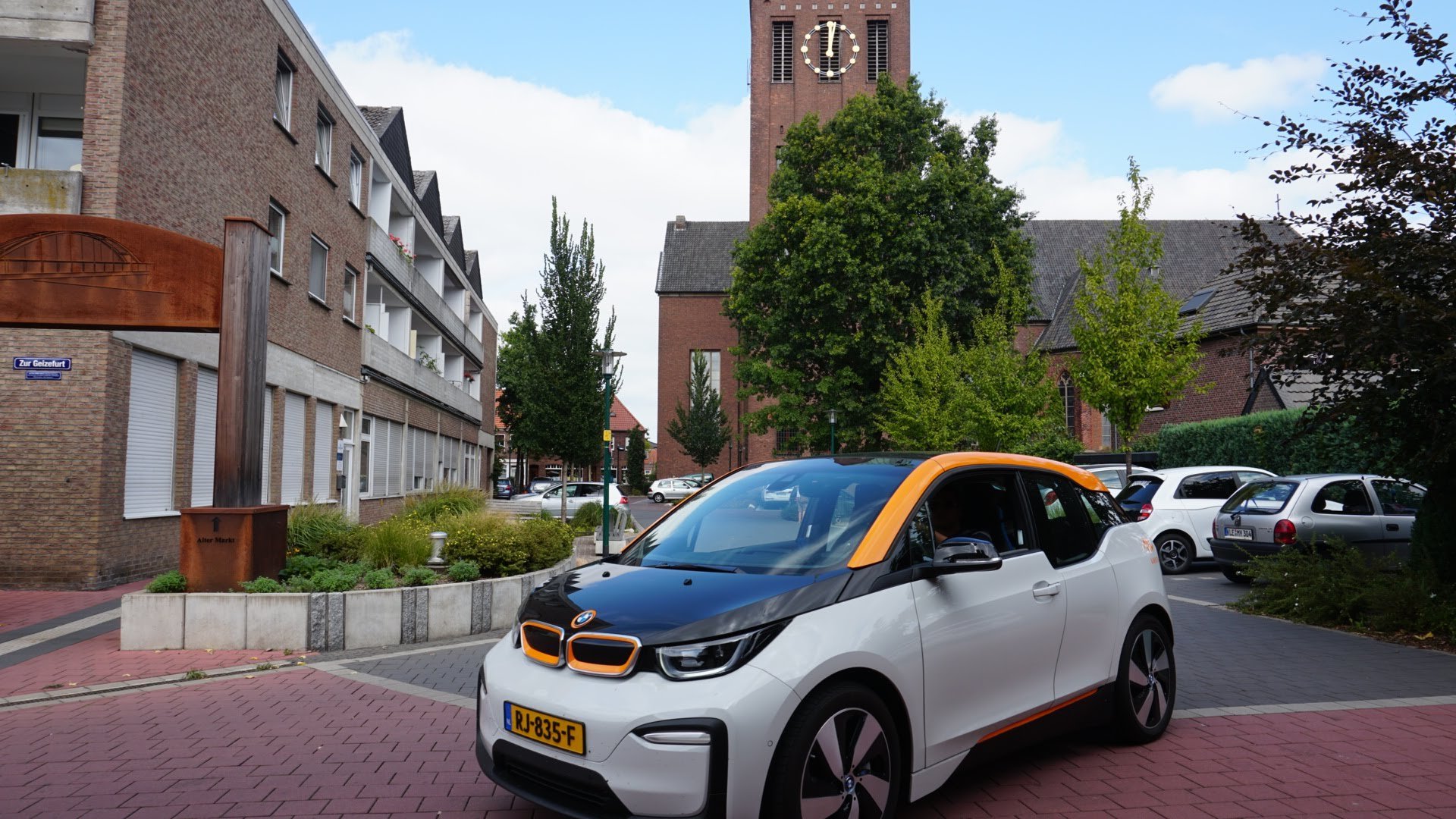
Innovation usually takes place top-down in the automotive industry. Why? Because it is incredibly expensive to begin with, and can therefore only be paid for by people for whom money hardly matters.
Airbag, ESP, and friends
You can see this perfectly in the safety technologies in passenger cars. When Mercedes-Benz installed the airbag safety feature for the first time in its S-Class in 1981, it was only for the driver and cost an extra DM 1,525; for an S-Class, this was almost DM 70,000. ABS, ESP, and the like were also initially installed as options in the luxury class for hefty premiums.
A car without airbags (plural), ABS and ESP is hardly conceivable or sellable today. On the contrary, modern cars are getting more and more electronic helpers to iron out the driver’s mistakes, which unfortunately does not always work.
The electric car
The most expensive part of an electric car is the battery. A 75-kWh pack that provides an acceptable range costs around €12,000. Electric cars are packed with electronics, from battery management systems to ADAS (Advanced Driver Assistance System) and infotainment systems. Without opulent sensor technology (cameras, RADAR, and increasingly LiDAR and ultrasound), the vehicles are generally hard to come by—unless you opt for Tesla, where for the past several weeks they only have cameras…
The average price of electric vehicles
The Center of Automotive Management (CAM) has just published an analysis of electric vehicle market segments in Germany. According to the report, the average price of electric vehicles sold in the first nine months of 2022 is €49,311 (gross; based on new registrations). This is a price range that is hardly suitable for the average Jane and Joe Driver, since in 2019 the average price for new cars (classic combustion vehicles) was €33,580. In 2015, it was still €25,600.
Only for the rich?
But the CAM presented even more astonishing results: “The central finding of the study is an ecologically questionable dichotomy of the German electric market. The extensive product range of SUVs and off-road vehicles (28 out of 73 models) amounts to 44 percent of new registrations, above average compared to the overall market (39.8 percent). In contrast, subcompact, compact, and compact cars (21 of 73 models) only come to a combined 42 percent.”
The SUV, the consumer’s favorite toy
SUVs seem to continue to enjoy increasing enthusiasm. Buyers of these “wardrobes on wheels,” however, seem to be coming to the conclusion that electric SUVs do less harm to the climate. Here, however, the suspicion suggests itself that the “climate” is just an alibi, while ecological considerations are ranked second or third. Otherwise, the focus would be on more efficient models that save electricity and raw materials, which are becoming even more important in times of energy crisis.
The same old mistakes
We are about to make the same mistakes again with electric vehicles. Of course, the efficiency of an electric SUV is far above that of its gasoline counterpart. But energy and raw material requirements are also increasing in eSUVs, especially since OEMs are increasingly trying to compensate for the extra consumption with gigantic batteries.
So at present, electric cars with comparable ranges to a combustion engine are only something for the rich to soothe their conscience and whitewash their external image. The few small and micro electric cars are the true eco-vehicles.

